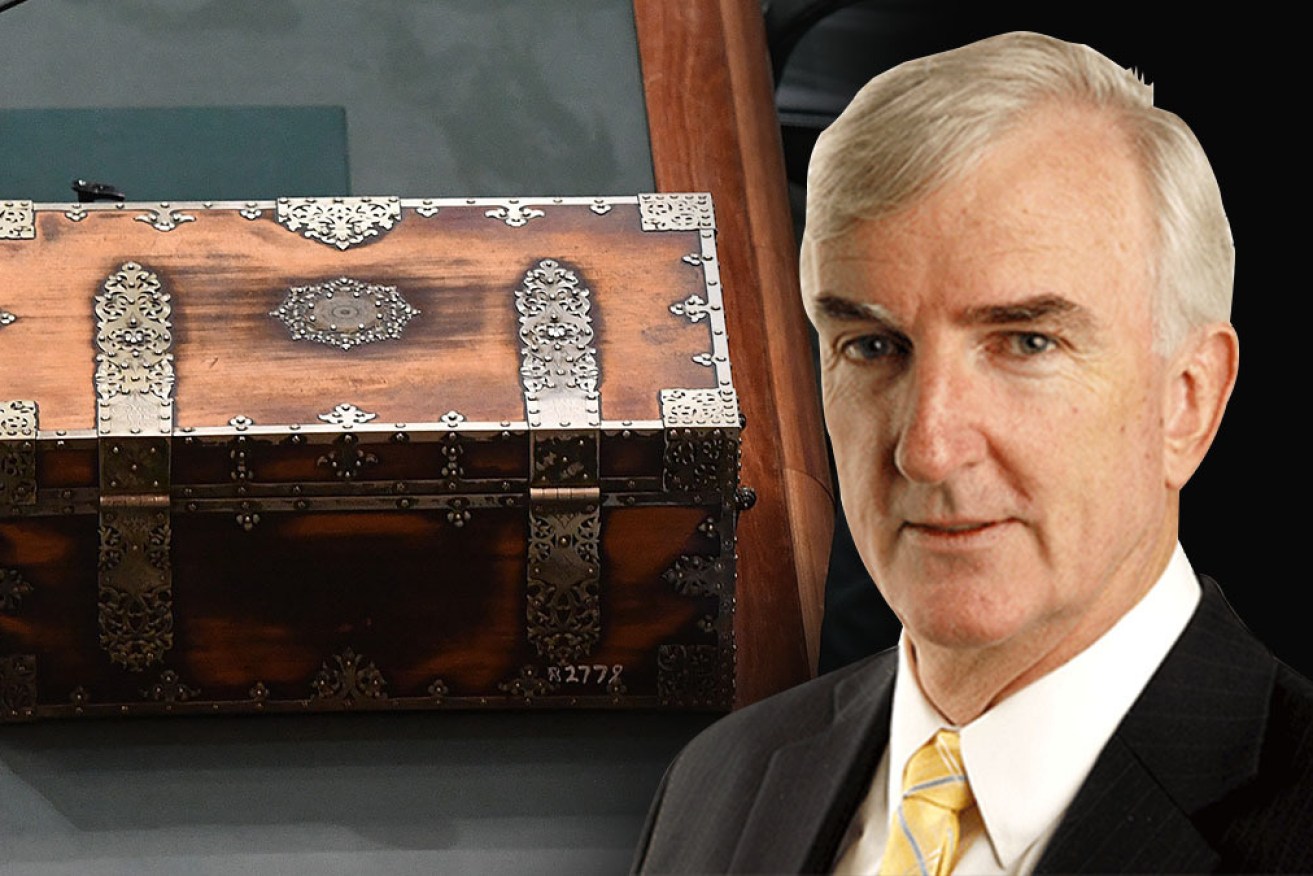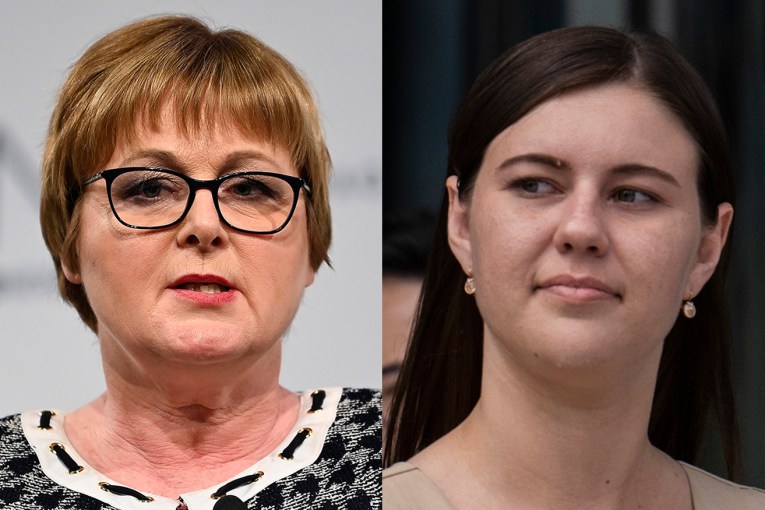Michael Pascoe: Why the economic recovery will be harder than you’re being told


The government's strong desire to pay off our public debt will hamper the recovery. Photo: The New Daily
Whatever Treasurer Josh Frydenberg announces in his Thursday mini-budget, the truth of economic recovery, of getting back to somewhere near full employment, will be harder than he’ll admit. Or possibly grasp.
Short of a truly radical transformation, the government is caught in a fiscal contractionary trap.
The cruel policy twist is that the massive support and stimulus the state and federal governments are providing today will make it harder to achieve the sort of growth over the next several years that Scott Morrison says will be required to get unemployment down.
The government has made clear that the present level of fiscal stimulus – a budget deficit of $200 billion or so – is not sustainable. Individuals and businesses will have to be weaned off government debt.
Steadily reducing that deficit, as the government has pledged to do, means federal fiscal policy will be contractionary for years to come – a drag upon economic growth.
And that’s with the nation at the limit of monetary policy, barring another level of crisis altogether. That was a key message in the Reserve Bank governor’s speech on Tuesday.

For all our sakes, let’s hope government abandons its dogmatic pursuit of a budget surplus. Photo: AAP
There was an indication in Treasury’s Wednesday evening backgrounder that Australia’s gross domestic product this financial year is expected to be a bit less than $1.8 trillion. (Treasury estimated Victoria re-entering lockdown would reduce GDP growth by “around $3.3 billion or around 0.75 of a percentage point in the September quarter 2020” – which would mean annual GDP of about $1.76 trillion.)
In simplified round numbers then, if the government intends to reduce its deficit from, say, $200 billion this year to a still-large $160 billion next year, it would be taking out about 2.2 per cent away from GDP growth, when the private sector still won’t be doing much.
(Treasury expects business investment to fall by 12.5 per cent in 2020-21 – and you don’t need the Treasurer to tell you that weak or negligible wages growth, combined with high unemployment, means household consumption will be soft.)
If the government hopes to trim the deficit by another $40 billion the following year, bringing it down to $120 billion, it would represent another fiscal contraction of 2 per cent or so.
And so on into the distant and opaque future of a dogmatic pursuit of a balanced budget, let alone talk of “paying down the debt”.
This is a particularly nasty conundrum, most obviously for the people who will remain unemployed and underemployed and the businesses that will go broke, but also for the Coalition’s hopes of staying in power.
Recessions have a habit of changing government. The next election will come with high unemployment and contractionary fiscal policy – a hard act to sell.
The bigger problem for the rest of us is where high growth is meant to come from, particularly as growth was very soft before the pandemic hit.
It also means where the government does spend its money becomes even more important.
This is where targeted employment creation becomes crucial, rather than political platitudes.
The RBA’s Dr Lowe on Tuesday was careful to urge the government to keep spending, to keep investing, even while ruling out more modern monetary theory and negative interest rates.
The RBA has done all that it considers wise to do. It is now up to the government to be particularly wise.
Don’t expect Treasurer Frydenberg to be smiling.








